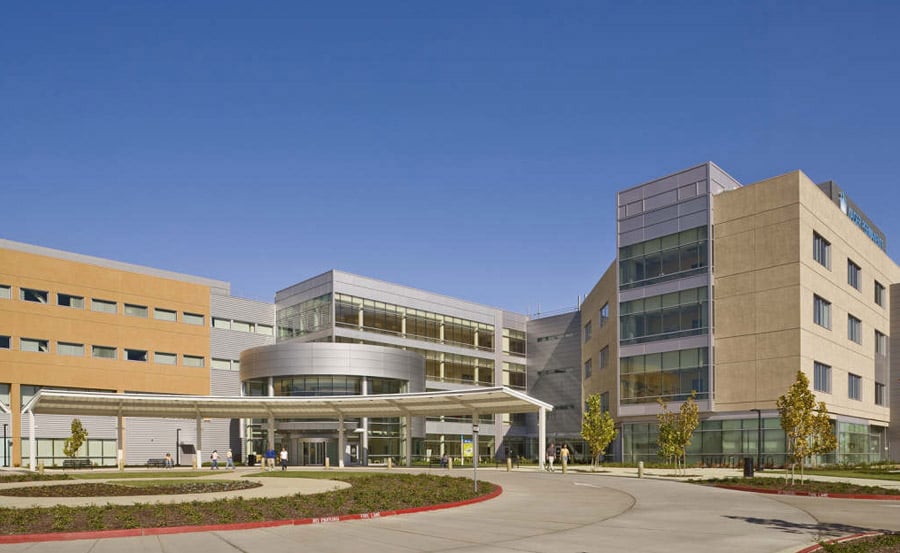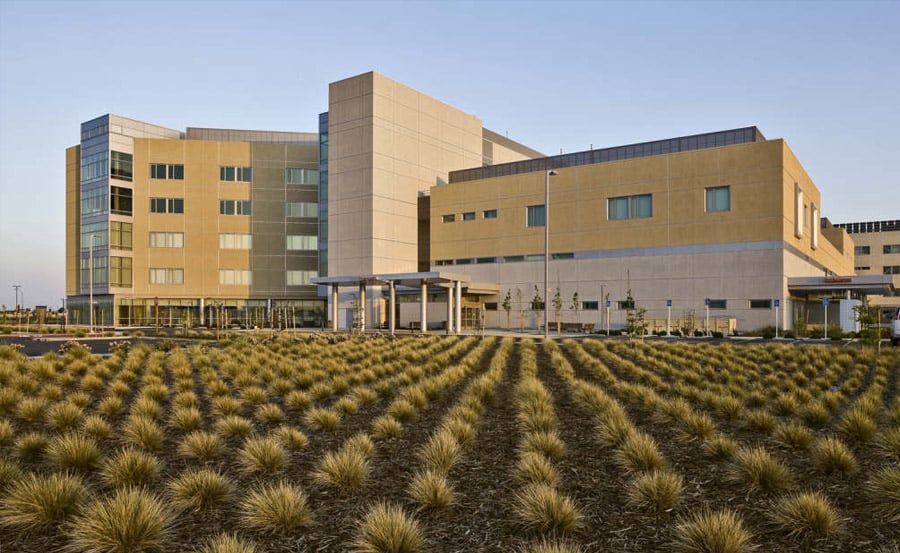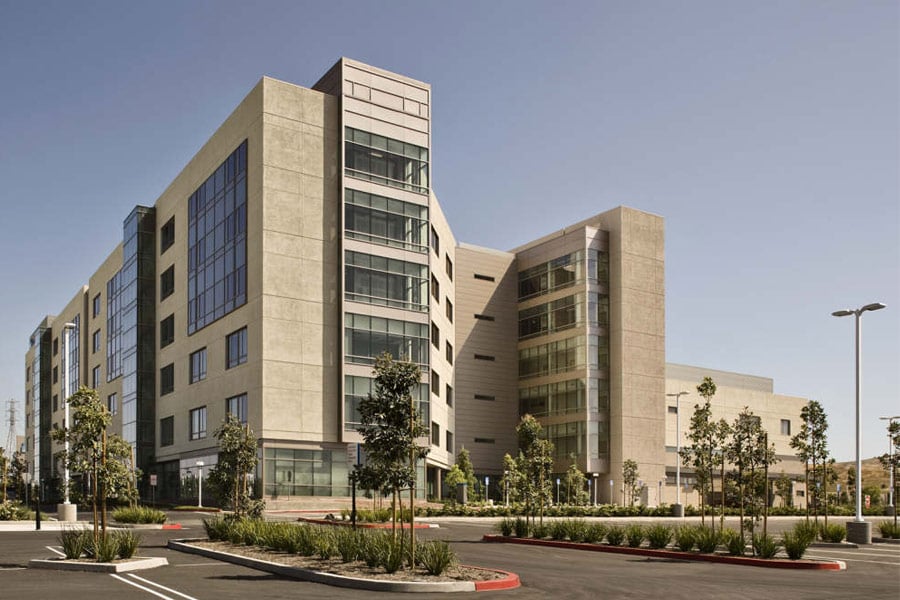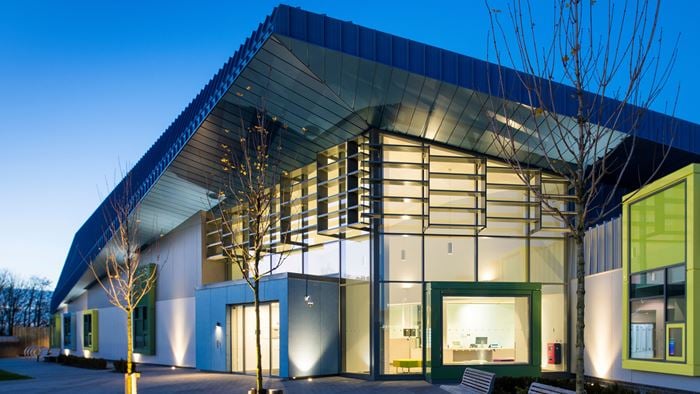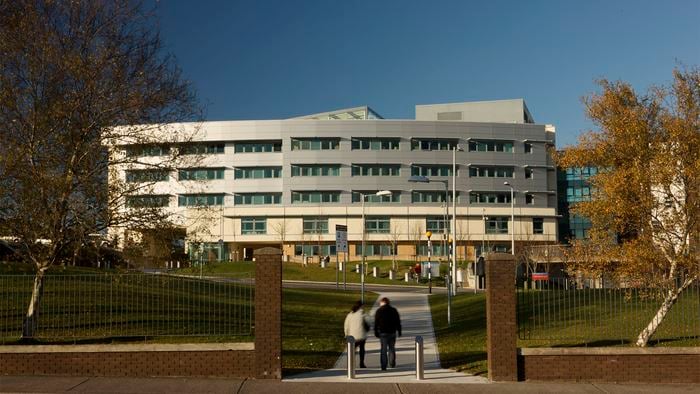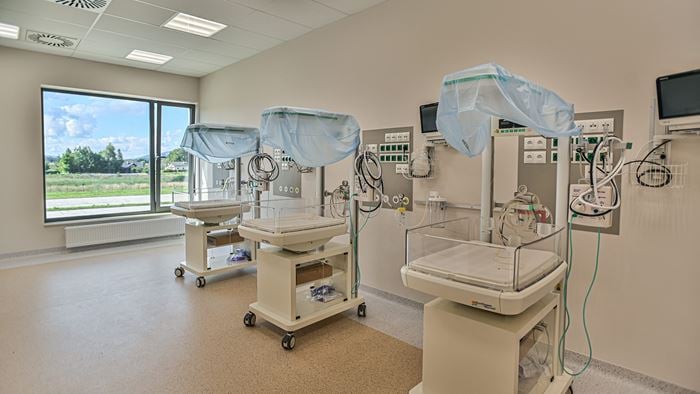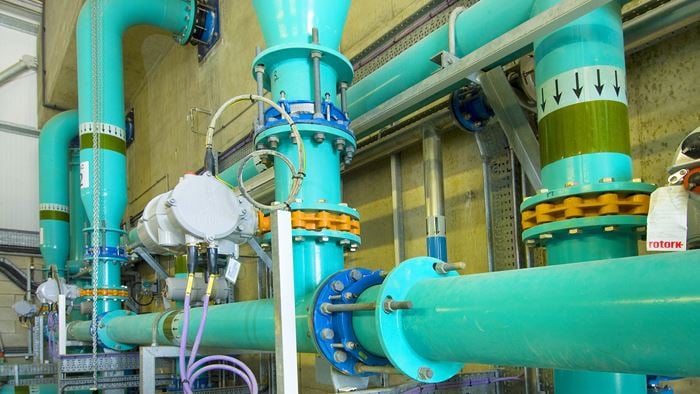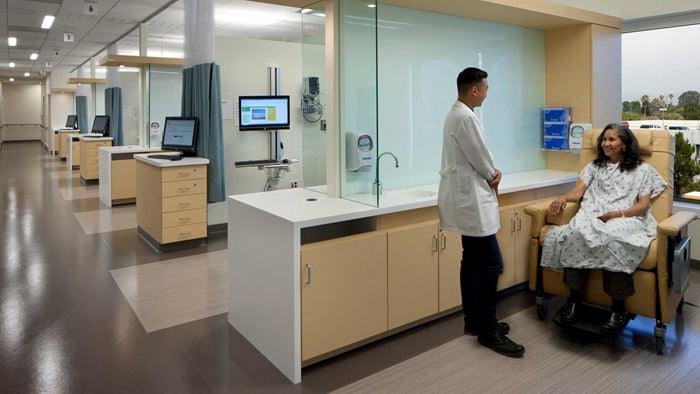This unique challenge that Kaiser Permanente set Arup was to develop a 340,400ft2 template hospital and a 28,500ft2 central utility plant from scheme design to construction.
The resulting hospital accommodates up to 225 beds, with a variable number of patient-bed floors. It will be used as a template for the full design of 13 hospitals and central plants in California.
Arup provided structural, mechanical, electrical and plumbing services engineering on four hospitals completed in Sand Canyon, Modesto, Antioch and Vacaville.
Arup engineered a product that could be located in various California locations while meeting the various local requirements (climate, soil properties, program etc).
The project also entailed dealing with four unique owner, site architect and contractor teams.
Innovation and flexibility
The innovative and flexible, single facility and central plant designs are suitable for multiple sites throughout California.
Importantly for Kaiser Permanente, three individual projects were merged into a single submittal for coincident review by California’s Office of Statewide Health Planning and Development (OSHPD).
The OSHPD completed their review in just 11 months, around seven months quicker than for a typical single-hospital project. This, combined with an expedited design period, shaved nearly a year off what would have otherwise been a five-year concept-to-completion process. The second generation of the template – Vacaville hospital – had its timeline reduced by a further six months.
Environmental impact
The energy-efficient design means that less electricity and natural gas is required to keep the Kaiser Permanente template hospitals running smoothly, reducing carbon emissions.
The Antioch template hospital was awarded Pacific Gas and Electric’s 2005 ‘Savings by Design’ award for energy efficiency.
The energy use reduction is around 3.1GWh/yr, electrical demand reduction approximately 442 kW and gas consumption is lowered by approximately 29,900 therms/year. The facility was said to beat California’s Title-24 energy code by 23%.
The modern and advanced building services equipment also mean that CFCs are eliminated.
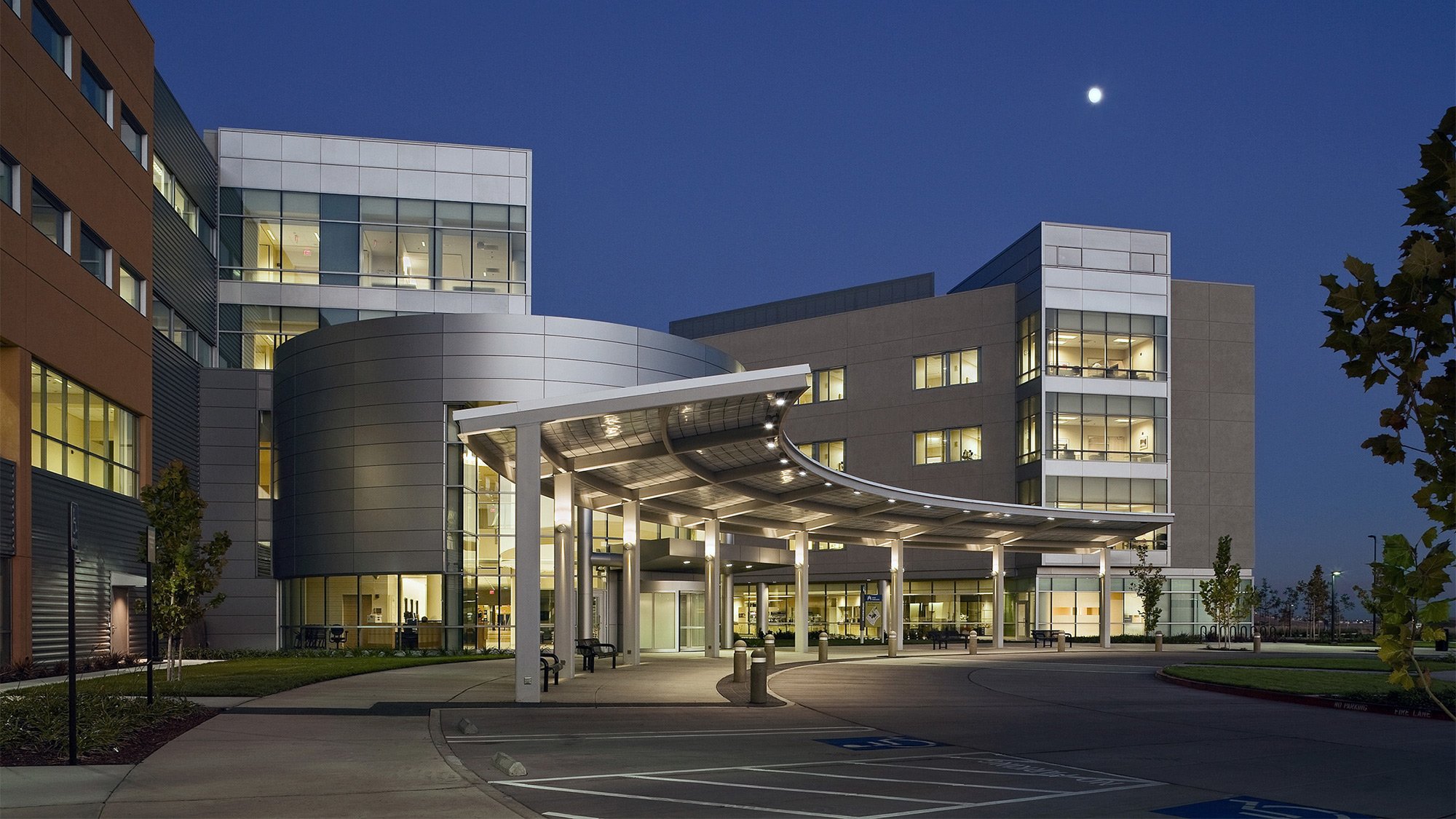 ;
;

